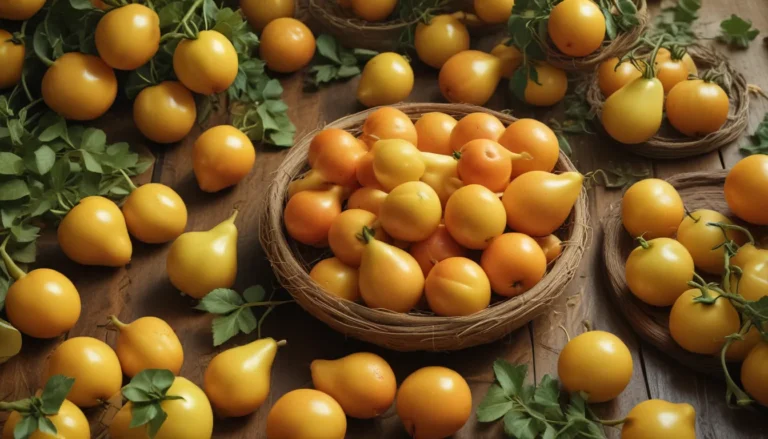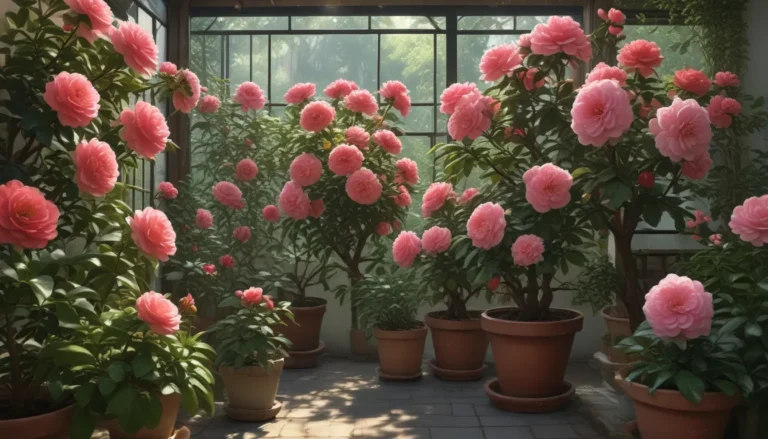Troubleshooting Beets: How to Address Deformed Roots and Small Beets

Growing beets can be both rewarding and challenging. The joy of nurturing seedlings and watching them grow can quickly turn to disappointment when you harvest small or deformed roots. It’s frustrating to put in all that effort and not get the results you hoped for.
In this comprehensive guide, we’ll cover everything you need to know about troubleshooting deformed beets and reasons why beets are too small. From understanding common planting issues to identifying pests and diseases that may be affecting your crop, we’ve got you covered.
Understanding Beets
Beets are generally considered an easy plant to grow, making it even more frustrating when things don’t go as planned. These root vegetables typically take about 60 days to mature, depending on the variety. It’s essential to provide them with the right growing conditions to ensure a successful harvest.
Here are some key points to remember when growing beets:
- Be sure to plant them in cool weather, in well-draining and loose soil, and in a sunny location.
- Avoid crowding your beet plants, as they need room to spread out and grow.
- Test your soil for nutrient deficiencies before planting, especially for phosphorus, which is essential for beet growth.
By setting up your garden correctly and monitoring your plants closely, you can increase your chances of a successful beet harvest.
Common Reasons for Small or Deformed Roots
When your beets look healthy above ground but produce small or deformed roots, several common issues may be at play. Here are some possible culprits and how to address them:
Crowding
Planting beets too close together can restrict root growth, resulting in small or misshapen roots. Give your plants enough space by planting them at least three inches apart with 12 inches between rows.
Compacted Soil
Compacted soil can also hinder root development. Loosen the soil down to nine inches before planting by using a spading fork to improve drainage and aeration.
Nutrient Deficiency
Beets require adequate phosphorus for healthy root growth. Test your soil before planting and amend it with bone meal if necessary to correct any deficiencies.
Rocks
Rocky soil can cause beets to grow around obstacles, leading to smaller roots. Remove rocks from the planting area to provide a smoother growing environment for your plants.
Troubleshooting Deformed Roots and Unhealthy Greens
In some cases, you may notice issues both above and below ground that indicate a problem with your beets. Here are some common problems and how to address them:
Not Enough Sun
Insufficient sunlight can result in malformed roots and stunted growth. Ensure your beets receive at least six hours of sunlight per day to promote healthy development.
Acidic Soil
Beets prefer slightly alkaline or neutral soil. Test your soil pH and adjust it if necessary by adding lime to create a more suitable growing environment for your plants.
Not Enough Water
Inconsistent watering or drought conditions can cause cracking in beet roots. Monitor soil moisture levels and water your plants regularly to prevent dehydration.
Pests and Diseases to Watch For
In addition to planting issues, pests and diseases can also affect the growth of your beets. Here are some common problems to look out for:
Insects
Aphids and nematodes are common pests that can impact beet growth. Check for signs of infestation and take appropriate measures to control these insects.
Diseases
Diseases such as downy mildew and root rot can cause stunted or misshapen roots. Learn to recognize the symptoms of these diseases and take preventive action to protect your beet crop.
Final Thoughts
While dealing with small or deformed beets can be disappointing, it’s essential to learn from the experience and make necessary adjustments for future harvests. By understanding the common issues that can affect beet growth and taking proactive measures to address them, you can increase your chances of a successful harvest.
Don’t be discouraged by a less-than-perfect crop. Use it as an opportunity to learn and improve your gardening skills. With the right knowledge and techniques, you can grow healthy, vibrant beets that will delight your taste buds and your gardening heart.
For more information on growing beets and maximizing your harvest, be sure to check out our other guides on beet cultivation. Happy gardening!





